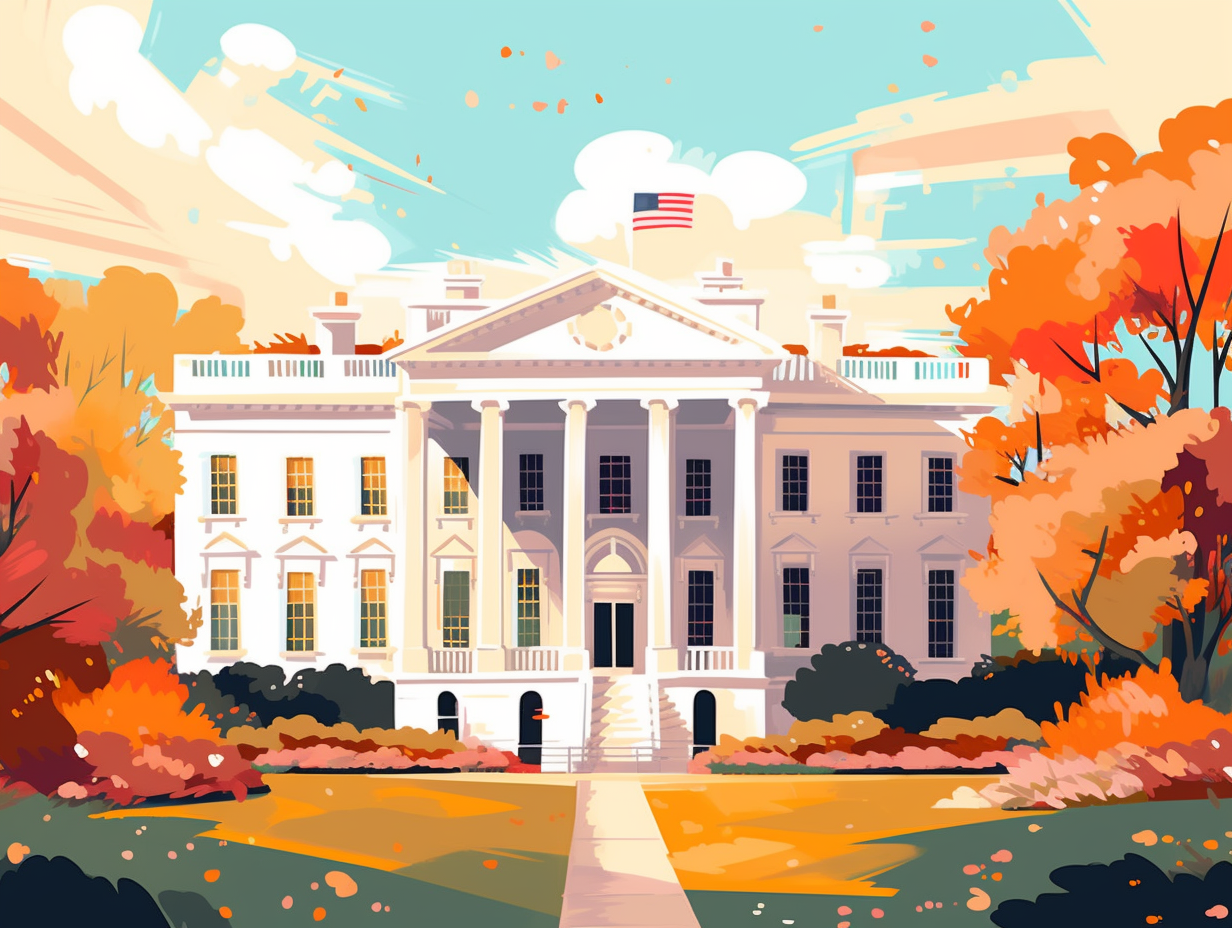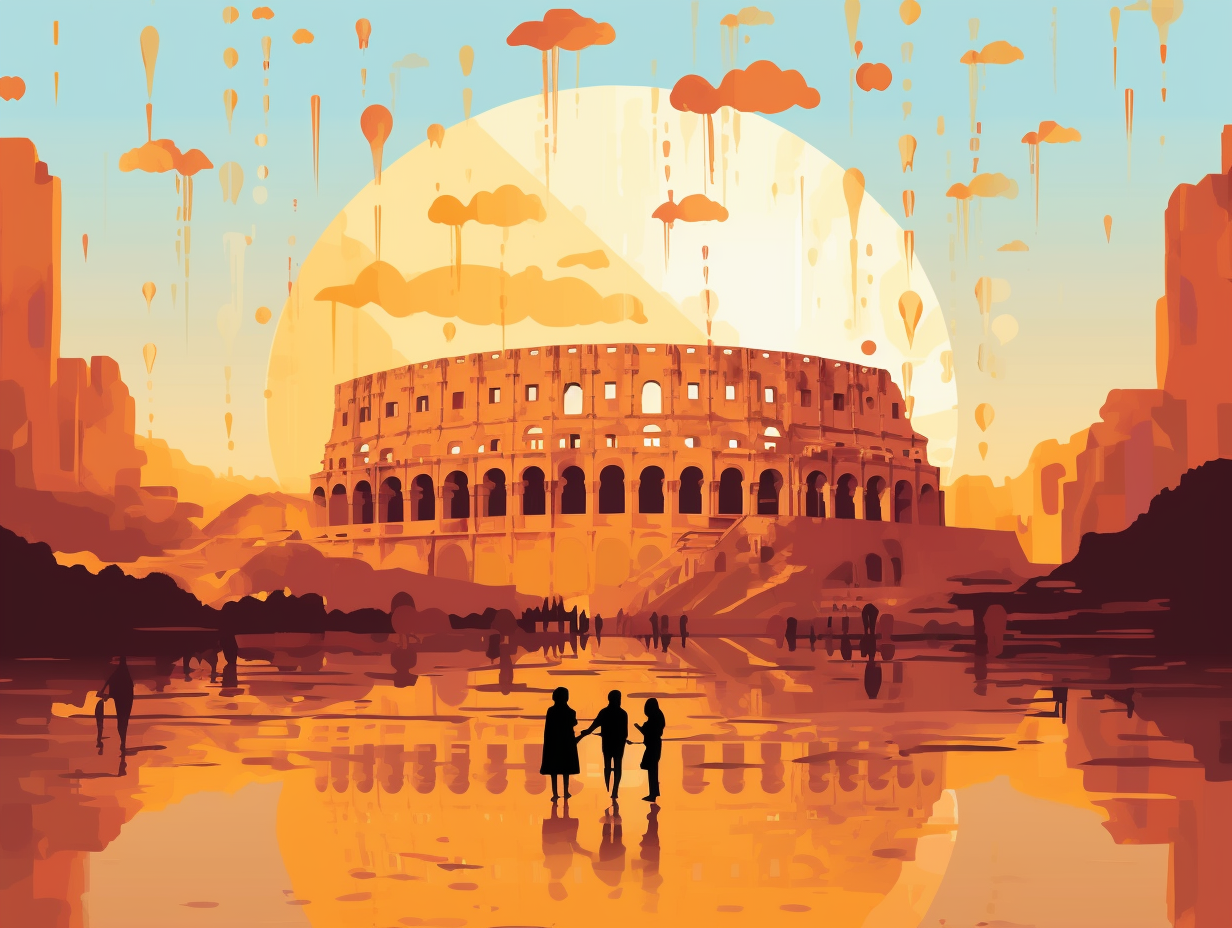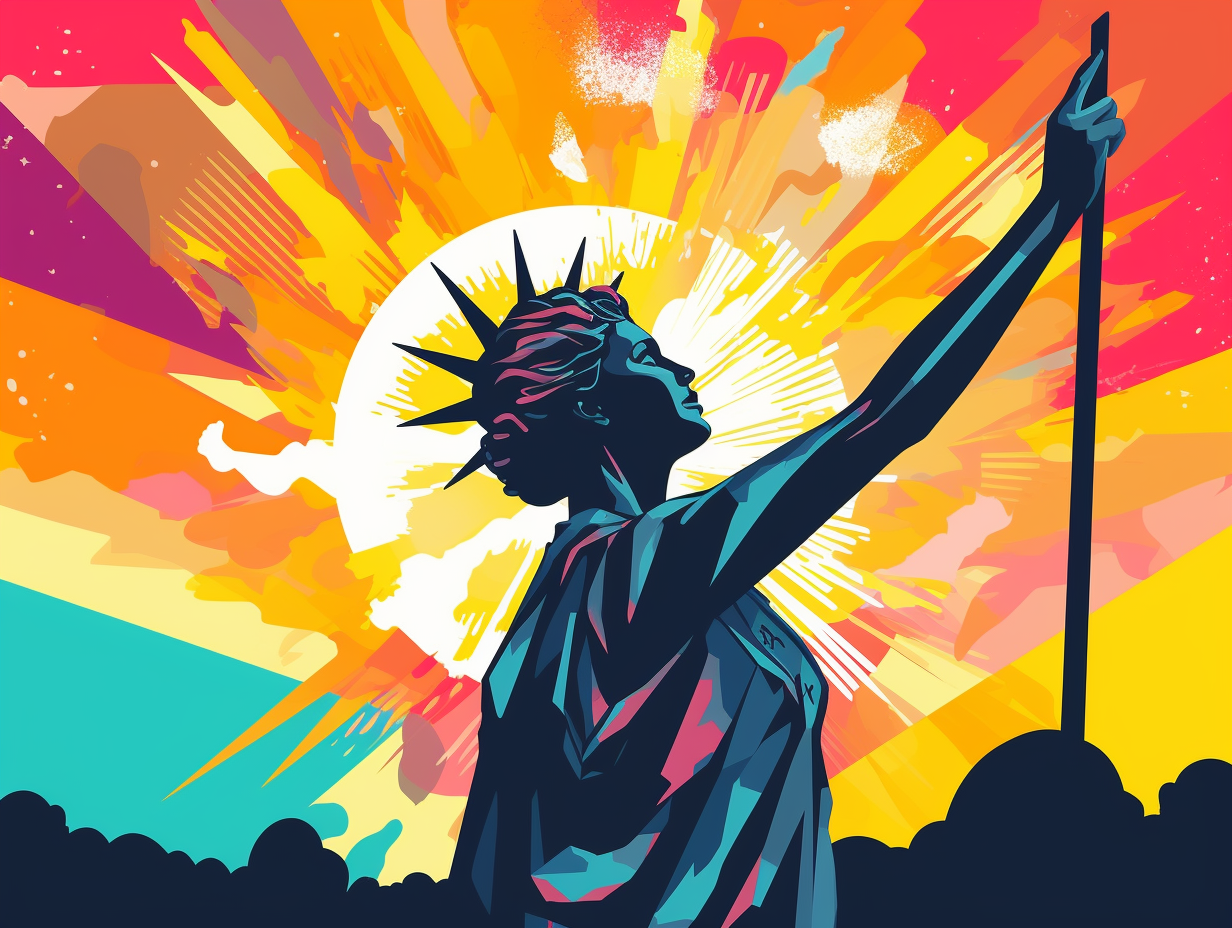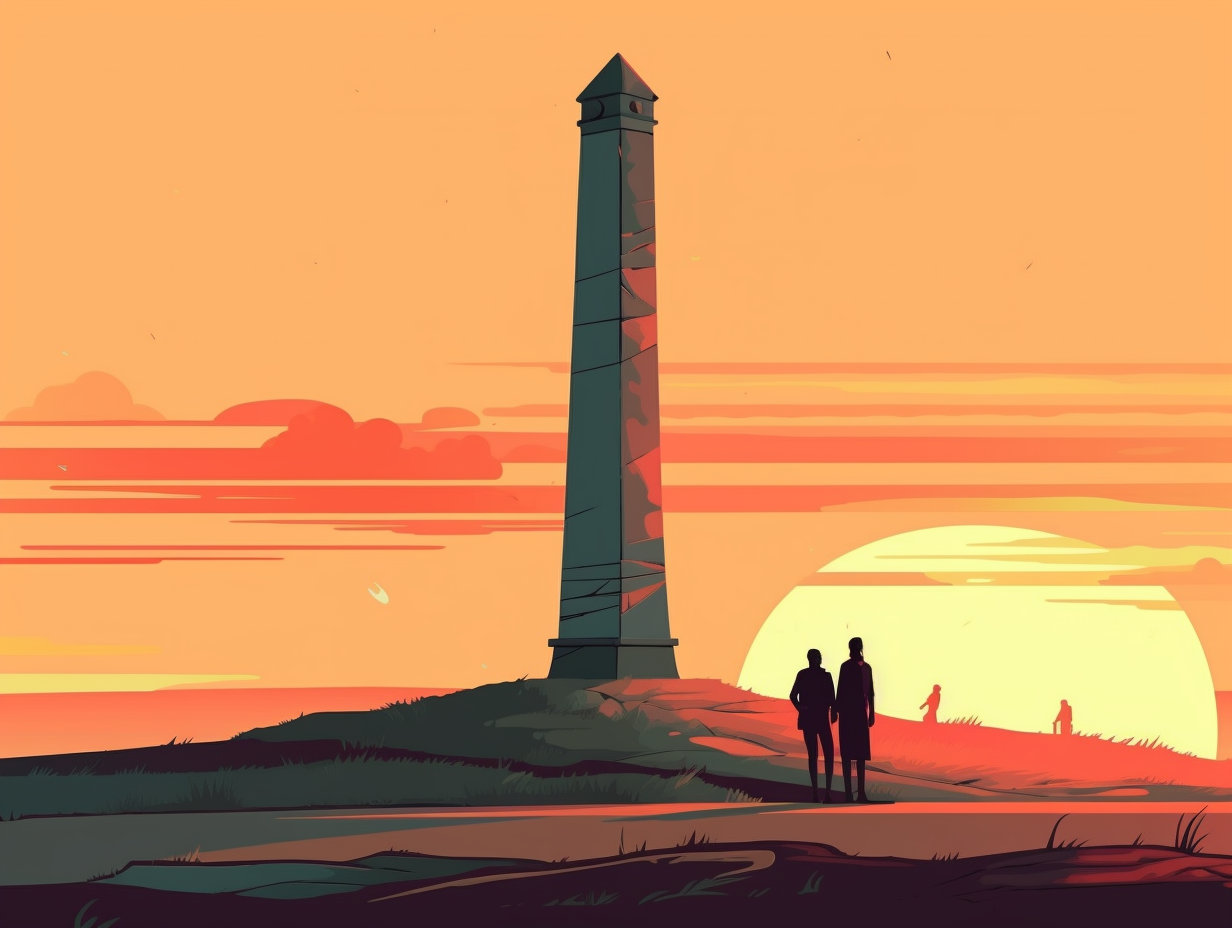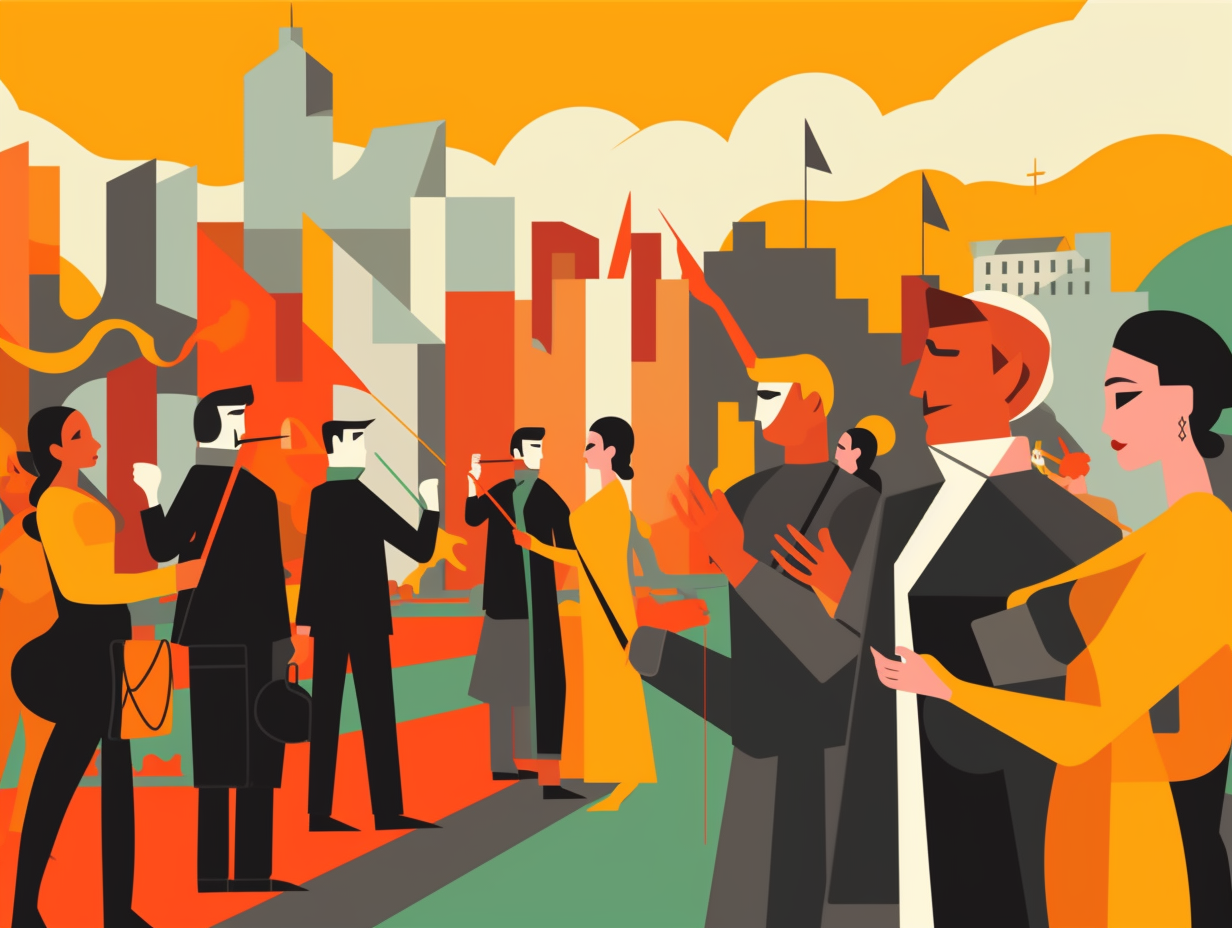Discover the Magic Behind the Ivy: Top 8 Fun Facts About Wrigley Field You Need to Know!
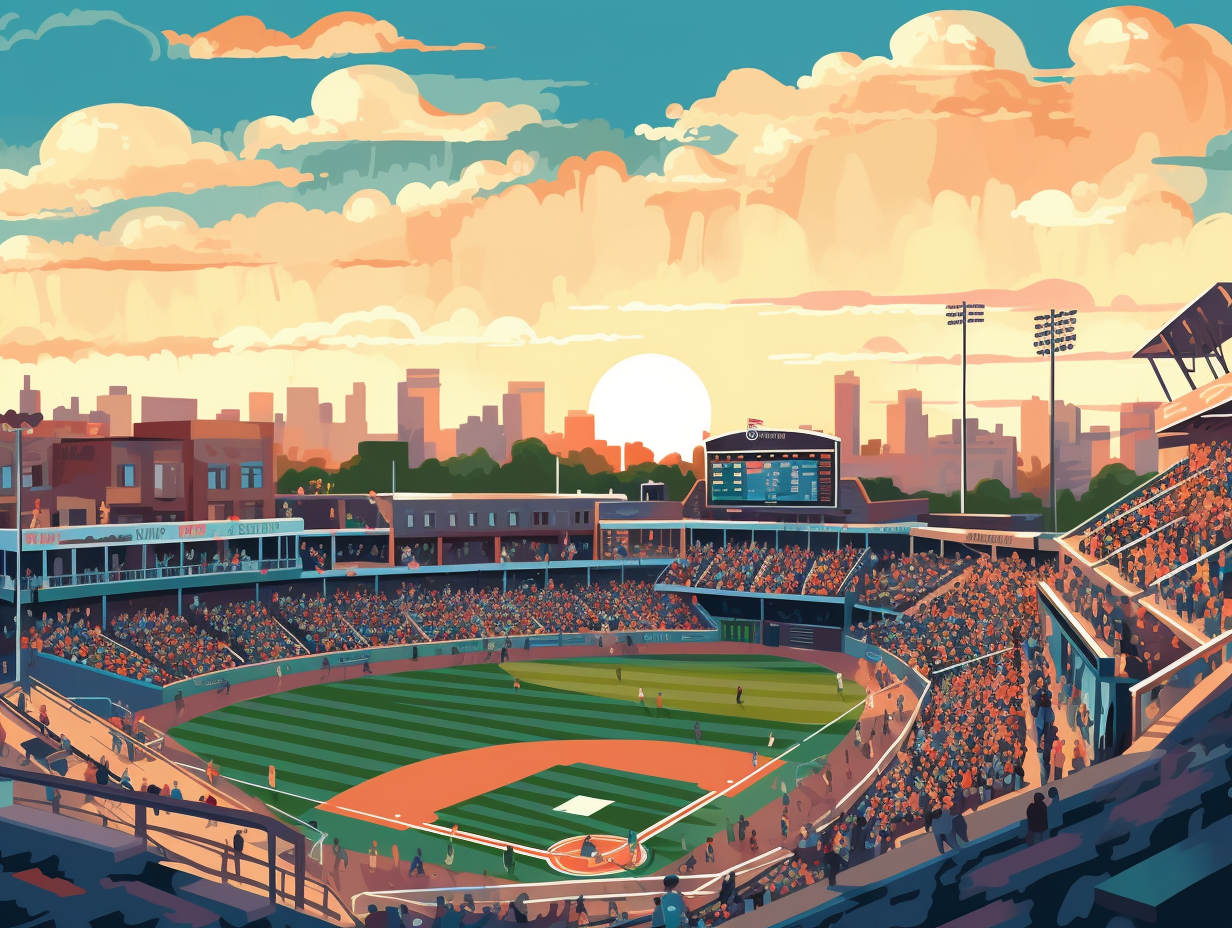
1. Moonlit Games Delayed
Wrigley Field: where even the moon used to have better night games than the Cubs! This baseball gem had to hold off on the night games it originally planned in 1942 due to Pearl Harbor: Owner Philip K Wrigley had lights installed, but the steel and transformers were diverted to the war effort, keeping the Cubs in the dark until 1988.
Source => marqueesportsnetwork.com
2. Goat Curse
Feeling a bit "goat-ed" into losing: In 1945, when the owner of the Billy Goat Tavern and his smelly pet goat were kicked out of a Chicago Cubs game, he cursed the team, leading to a 71-year-long championship drought that only ended in 2016 with a World Series victory.
Source => en.wikipedia.org

Did you know the Eiffel Tower is quite the fashionista? Discover its colorful history and unique gradient design that keeps it looking chic every seven years. 🎨🗼
=> Fun Facts about The-Eiffel-Tower
3. Bears & Cardinals' Former Home
Before there were Bears among the ivy and Cardinals taking flight in the outfield: Wrigley Field was not only home to the Chicago Cubs, but also housed the Chicago Bears from 1921 to 1970 and the Chicago Cardinals from 1931 to 1938, with football games being played east-west due to the baseball field's unique layout.
Source => en.wikipedia.org
4. Scoreboard Heroes
Navigating a Jumanji-style labyrinth in hazardous conditions might sound like an Indiana Jones adventure, but it's all in a day's work for these unsung heroes: Inside Wrigley Field's manually operated scoreboard, three brave souls climb ladder after ladder, through a trapdoor, changing 344 steel plates at least 18 times per game, while juggling updates from 12 simultaneous MLB showdowns - all in a bid to maintain a glorious relic of baseball's storied past.
Source => npr.org
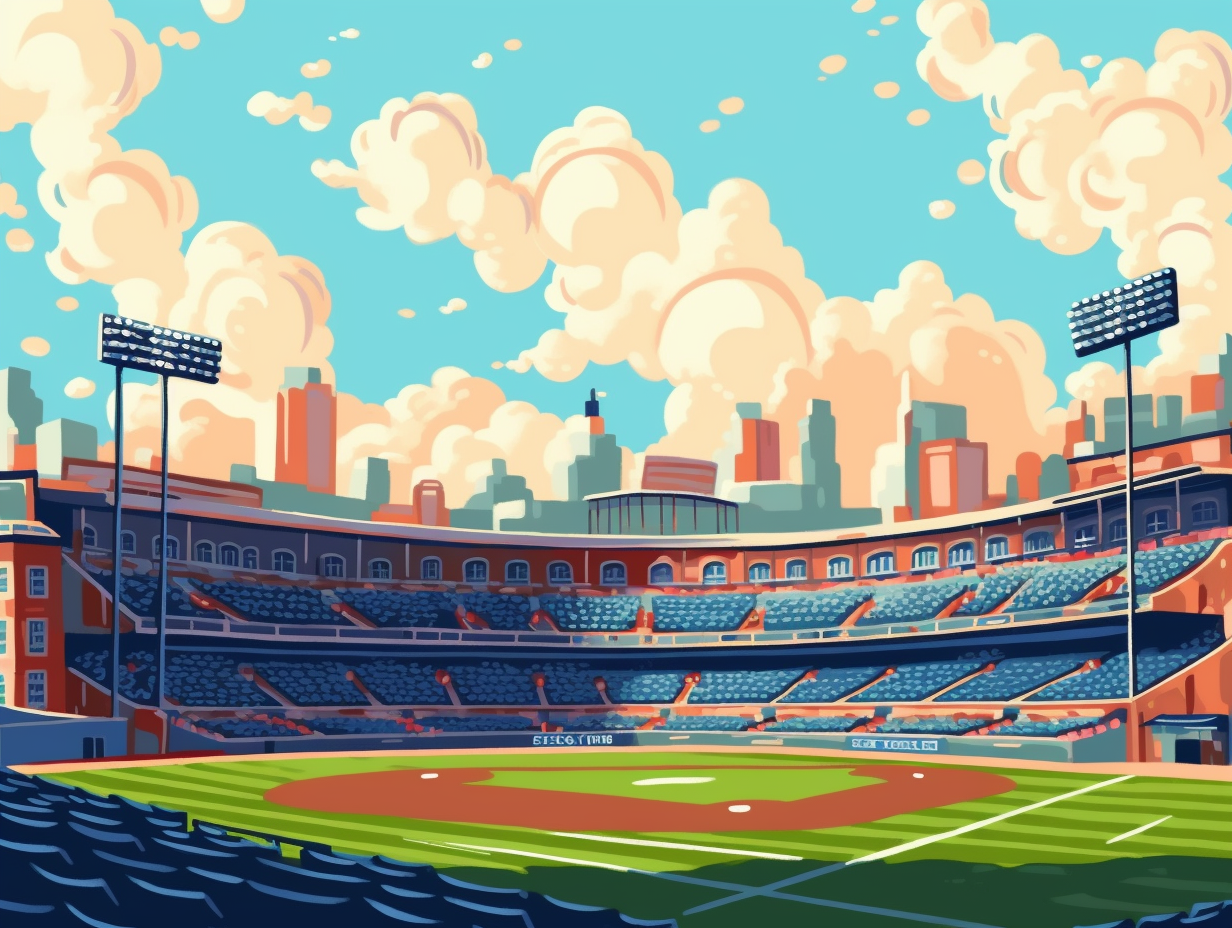
5. Ivy Mystery Solved
Notorious for refusing to "leaf" its fans hanging, Wrigley Field's ivy-covered walls have been a longstanding source of delight and lore for baseball lovers: Surprisingly, these famous walls were already draped in greenery when Cubs legend Bill Veeck joined the team, merely maintaining and occasionally replacing the plant adornments throughout the years, cementing a hallowed backstory that has grown as timelessly cool as the ballpark it enshrines.
Source => baseballhall.org
6. Accessibility Services
Wrigley Field: A wheelie accommodating stadium! In all seriousness, the Chicago Cubs' home field offers a variety of accessibility services for guests with mobility disabilities, including advanced purchase seating and parking options, free remote parking with shuttle service, and even a golf cart shuttle to assist those who need it.
Source => mlb.com
7. From Whales to Cubs
Before the Cubs called it home, Wrigley Field was just a 'whale' of a park: constructed in a miraculous 6 weeks, it opened on April 23, 1914 as Weeghman Park, housing the Chicago Whales of the Federal League. Its name evolved to Cubs Park after they moved in post-1915, and finally to Wrigley Field in 1927, as William Wrigley Jr., the chewing gum tycoon, purchased the Cubs and left his everlasting minty-fresh mark on baseball history.
Source => en.wikipedia.org
8. Pitchers vs. Foul Balls
In a ballpark twist worthy of an M. Night Shyamalan plot, Wrigley Field's relief pitchers need to dodge more than just a curveball: the unconventional bullpens at this iconic stadium are located in foul territory down the outfield lines, requiring pitchers to navigate through fans and fend off rogue foul balls as they warm up and enter the game, adding an extra layer of endearing quirkiness to the historic venue.
Source => stadiumsofprofootball.com
Related Fun Facts


